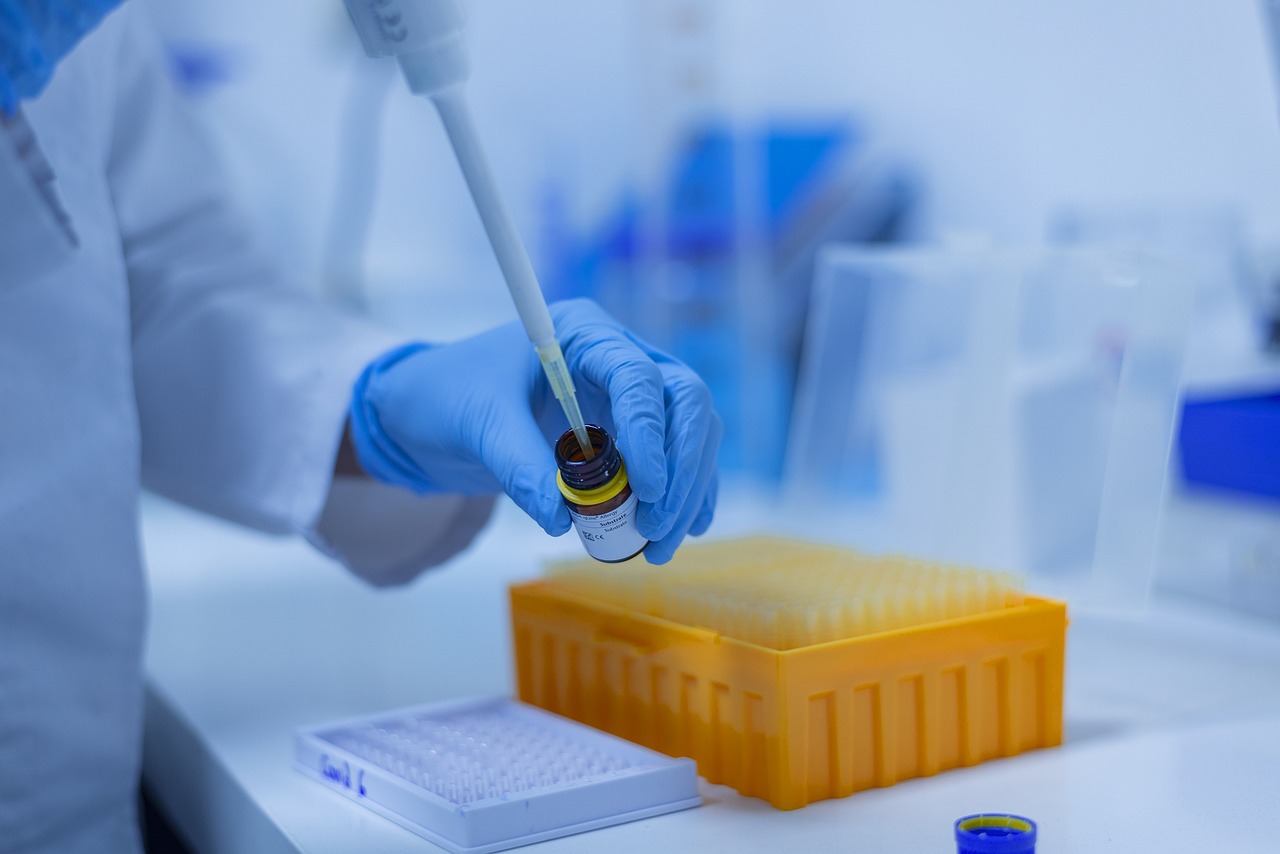Renowned for its potential cell regenerative properties, TB-500 is a synthetic peptide widely studied by researchers. Thymosin beta-4 is an abundantly found protein in many tissues and cells from which this peptide is produced. Studies suggest that TB-500 may have many possible impacts within the organism, including:
- Healing damaged tissues
- Healing of wounds
- Minimized swelling
The peptide is believed to be specifically engineered to be quickly and readily absorbed, facilitating its effective presentation into circulation. This educational article discusses the possible hypotheses and properties of TB-500 peptide.
TB-500 Peptide: What is it?
Studies suggest that an essential purpose for the synthetically generated peptide TB-500 may be to regulate cellular activities, especially those related to healing, regeneration, and tissue repair. A smaller portion of amino acids makes up TB-500, derived from the bigger protein Thymosin beta-4. Because of its potential to encourage healing and induce tissue repair, it has attracted interest by researchers.
Research suggests that effects on cell migration and differentiation may be among TB-500’s main modes of action. According to research, it seems to speed up the healing process by increasing cell migration to damaged or wounded tissues, which helps build new blood vessels. Investigations purport that one possible additional factor contributing to TB-500’s research potential could be its anti-inflammatory action. According to studies, TB-500 appears to have many different kinds of positive effects, such as:
- Faster recovery time for injured muscles and tendons
- Minimized swelling
- Enhanced speed of injury healing
- Support in heart function
- Joint degeneration
- Impaired wound healing
Although TB-500 has suggested encouraging results in preclinical investigations, further investigation into its potential and action mechanisms is required.
TB-500 Peptide Potential
Findings imply that TB-500 may facilitate the processes of tissue repair, regeneration, and healing, providing a multitude of properties. Here are a few possible properties of TB-500; however, more study is needed to understand its impact fully.
TB-500 Peptide and Wounds
Research on TB-500 has focused on its potential to hasten wound healing. It has been hypothesized that it would speed healing and lessen scarring by encouraging the formation of new blood vessels and making it easier for cells to migrate to the wound site.
After TB-500’s angiogenic potential was established, Malinda et al. (1999) indicated that it could also promote wound healing. The findings also implied that wound healing seemed significantly improved after using TB-500 in a rat model. Wound contraction, angiogenesis, improved reepithelialization, and collagen deposition were theorized to be among them.
Further speculation is that TB-500 may be a multipurpose element in wound healing promotion because of its potential to induce keratinocyte migration. These results indicate that TB-500 may be an effective wound-healing agent with potential research uses in the context of wounds.
TB-500 Peptide and Tissue
TB-500 suggests promise in promoting tissue repair, which might make it useful in the context of healing after damage. Promoting cell migration and the development of new blood vessels, muscles, tendons, and other tissues may help in their healing process.
Research models of pressure ulcers, stasis ulcers, and epidermolysis bullosa have suggested encouraging results in TB 500’s dermal studies.
TB-500 Peptide and Inflammation
There is data suggesting that TB-500 may have anti-inflammatory characteristics that could be potentially impactful in reducing inflammation in different types of tissues. It is believed that TB-500 may help with healing and inflammation-related pain by lowering inflammation.
Previous research has indicated that TB-500 may affect inflammatory processes. One example is TB 500 sulfoxide, a byproduct of monocytes exposed to glucocorticoids with possible anti-inflammatory and neutrophil chemotaxis-inhibiting abilities. Based on these results, TB-500 may be practical in managing inflammatory disorders via its modulatory potential on inflammation.
TB-500 Peptide and the Heart
Based on the results of these first investigations, TB-500 seems to improve cardiovascular function. Research models with heart problems may be aided by it since it may increase blood flow, strengthen the heart, and encourage the development of new blood vessels. The significance of TB-500 in heart regeneration and repair was highlighted in research carried out by Maar et al. in 2021.
The potential of TB-500 to improve heart function in reaction to oxygen deprivation was particularly emphasized in the research. These results asserted that TB 500 might help in the context of cardiac-related disorders by facilitating cardiac recovery even in environments with low oxygen supply.
TB-500 Peptide and Osteoarthritis
Osteoarthritis is a degenerative joint condition, and TB-500 is being evaluated for its impact within the context of the condition. Studies suggest it might help with inflammation, cartilage healing, and general joint function. New data suggests that TB-500 may have a role in the triggering of rheumatoid arthritis (RA). New research indicates that TB-500 levels in RA research models’ blood and joint fluid may be much higher than in general.
However, It is still unclear whether TB-500 may stimulate or inhibit the activation of immune responses linked to RA. Remember that TB 500 may have different effects on different species and that further studies are needed to determine its relevancy within different physiological contexts.


